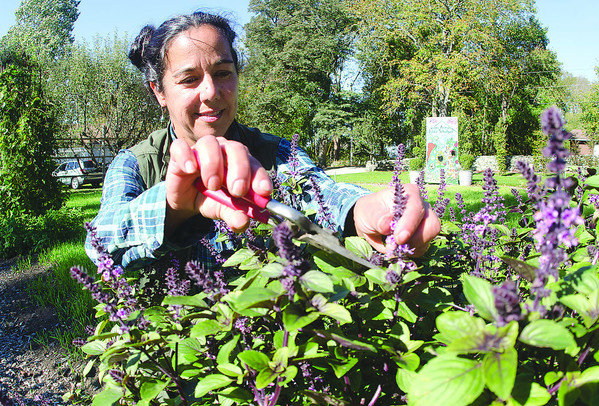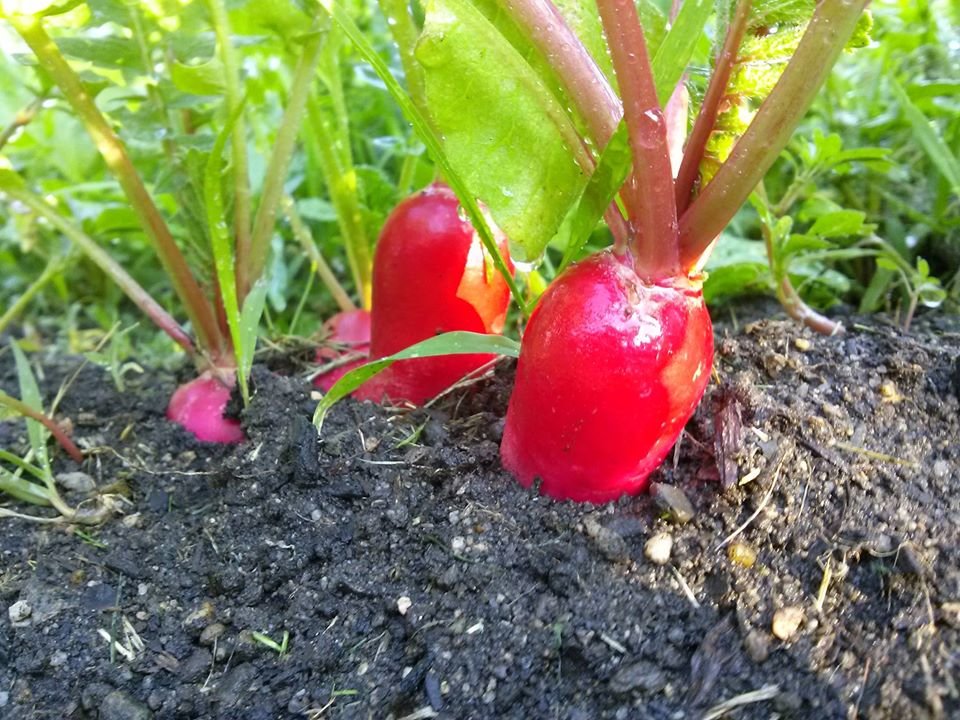Gardening is exactly what we need, now
Audrey Hepburn is said to have said "To plant a garden is to believe in tomorrow." I don't know when she said that, but here and now, in the who-knows-what week of whatever-the-heck this is, I'm not …
This item is available in full to subscribers.
Please log in to continue |
Register to post eventsIf you'd like to post an event to our calendar, you can create a free account by clicking here. Note that free accounts do not have access to our subscriber-only content. |
Day pass subscribers
Are you a day pass subscriber who needs to log in? Click here to continue.
Gardening is exactly what we need, now
Audrey Hepburn is said to have said "To plant a garden is to believe in tomorrow."
I don't know when she said that, but here and now, in the who-knows-what week of whatever-the-heck this is, I'm not so discouraged that I need encouragement to believe in tomorrow — but I would like it to just get here, already.
The thing about gardening is that it is one of the very, very few things that you can do outside of your four walls, that has not fundamentally changed during this pandemic. You can't even take a bike ride or a run without concerning yourself with the mathematical impact of locomotion plus wind speed on the supposed 6-foot range of the average sneeze.
But you can still plant a garden, no mask or hand sanitizer required.
Although most farms and greenhouses have been closed to in-person retail, that hasn't been a hardship for most of us, since it's still a couple of weeks early to plant. But over the weekend, Governor Raimondo gave us all something to look forward to, announcing that effective April 27, greenhouses and nurseries would be open for in-person retail sales. We will be able (under measures by which guidelines will be released this week) to browse greenhouses!
To me, a casual and often-failed gardener, this feels like a sunrise of sorts.
For Patricia Bailey, a Community Outreach Horticulturalist with an interest in Horticultural Therapy, the timing could not be better.
"This is such a great time to talk about the healing process that can be brought on by gardening," she said. "Gardening is so calming, and therapeutic, and it brings you to a place of respite."
"Victory Gardens" are seeing a resurgence during this pandemic. Encouraged during World War II, they were home and community gardens promoted as a way to boost rations and morale. While this pandemic is not triggering the level of food insecurity caused by the World War, even for the food-secure, the morale-boosting benefits are undeniable.
"It's an opportunity to be part of something timely, and to appreciate how valuable your hobby can be, to be able to share in the production op food," said Ms. Bailey. "Even if all you have space for are a few pots."
Horticultural therapy is something that has been around for a long time, beginning initially in asylums, where it was regarded as one way of getting patients outside for fresh air and sunshine. Today, it has a wide range of applications as well as practitioners, and has been used successfully as therapy for people with issues ranging from dementia to quadriplegia.
For most of us, an afternoon playing in the dirt, alone together, is a great activity to do while social distancing outside. Ms. Bailey encourages taking off your gloves and letting all the microbes found in the healthy soil help you to naturally build your immunity.
"Gardening has a while host of applications," she said. "For me, I've always felt it was a tried and true method to feel grounded, and be in a calm space. There are so many gardening metaphors that are applicable to real life situations."
While Ms. Bailey recommends waiting to plant most crops outside until around May 10, many can be started indoors, and some cold crops, like carrots, radishes, beets, parsnips, and spinach, can be direct-sown now. The key is understanding when and where to start crops in order to make the most of the growing season here in the Northeast. Ms. Bailey recommends following the guidelines found on the seed packets, particularly the number of days until maturity. She says that 100 days is the upper limit for a crop to reach maturity in this region. Counting backwards, it explains why I am perennially disappointed to find I have once again failed to produce a respectable watermelon by Labor Day.
"It comes down to math," Ms. Bailey said. "There is so much amazing info on those teeny little seed packets!"









